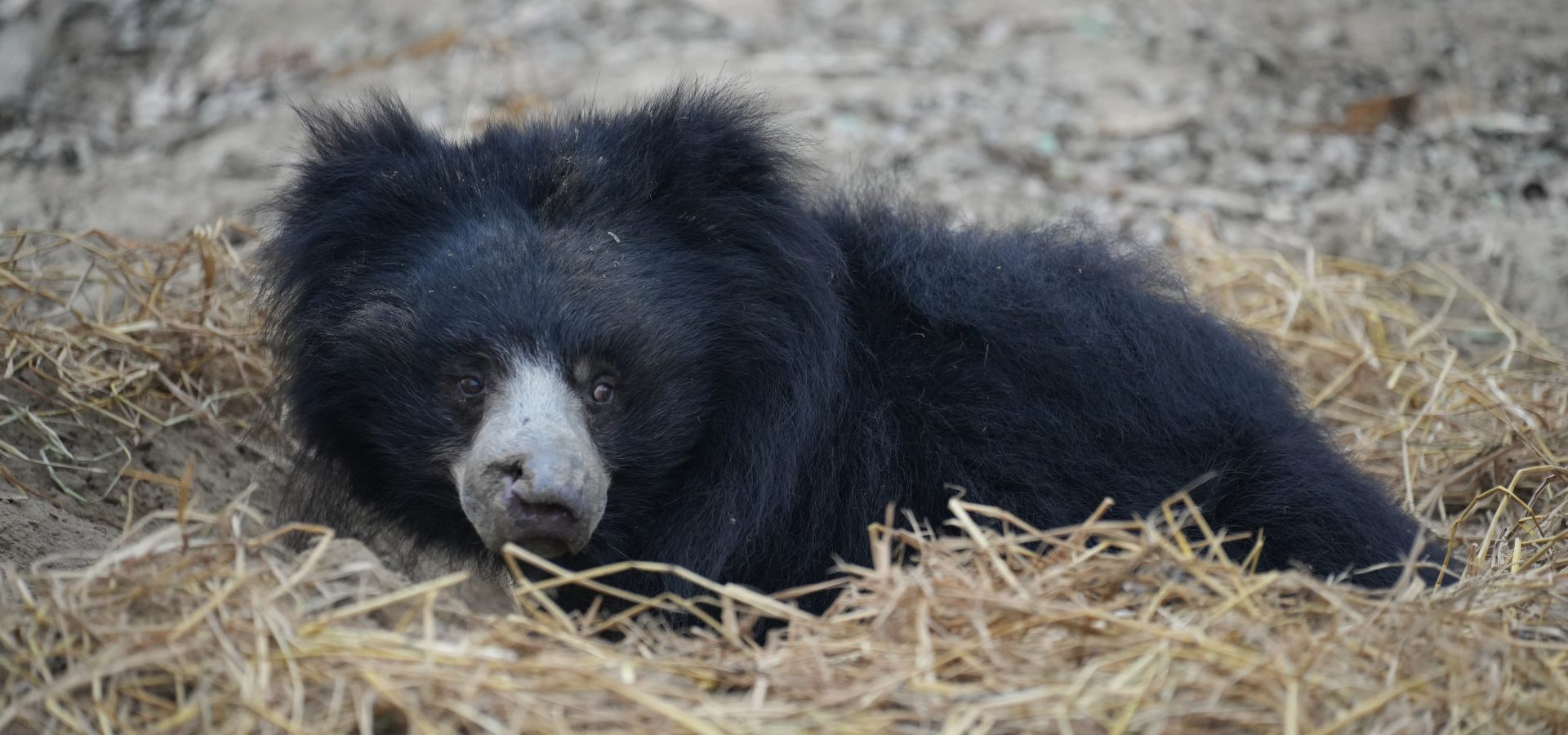For wild animals, winters are a difficult period due to the drop in temperatures and the lack of abundant food sources. Being endothermic, they must maintain their internal body warmth despite the chill. Cellular metabolism, the primary source of internal heat, demands considerable energy. However, scarcity of sufficient food prompts many species in frigid environments to resort to hibernation, a dormant state that helps them bypass this challenge. In India, Asian black bears and the Himalayan brown bears undergo hibernation, while sloth bears along with other mammals employ alternative strategies to endure the cold.
.
Top 5 Ways To Keep Elephants Warm!
Winters at our Elephant Conservation and Care Centre are moderate. There’s no snow, and daytime temperatures in January and February are around 65 degrees Fahrenheit (18 Celsius), and can drop as low as 40f (5c) at night. In the wild, elephants adapt to seasonal temperature swings, but for geriatric and injured elephants at our rescue centres, some need a little extra help to be comfortable. Here are our best way to keep elephants warm!
- We cover their enclosures and provide heating lamps.
- Some elephants get a warming massage with sesame and clove oils
- Caregivers light campfires at night near enclosures, and stay to ensure elephants keep a safe distance.
- Elephants continue to exercise as usual, walking twice a day depending on the elephant’s needs and condition.
- Winter coats! Some elephants love a warming blanket, but most quickly remove them. Each elephant is different.
.
Contrary to popular belief, hibernating bears are not in a constant state of sleep. Inside their dens, they are awake, but with a significantly lowered metabolic rate, body temperature, heart rate, and breathing rate. Remarkably, hibernating bears abstain from eating, drinking, urinating, or defecating during this period. Sloth bears also retreat into their caves, but for a period of physical and mental inactivity known as torpor. Akin to hibernation, this state allows them to conserve energy as a survival tactic as well.
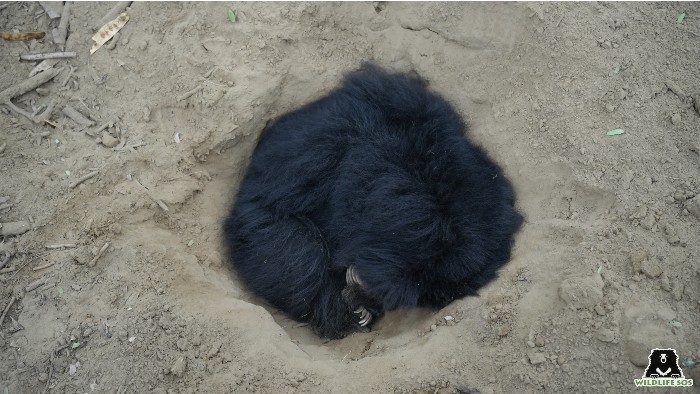
In recent times, it has been observed that both black and brown bears in Jammu and Kashmir have decreased their hibernation duration due to shorter periods of winter. The changing climate has prolonged the availability of food sources, which now shockingly includes food waste at garbage sites!
Another species in the wild has its own way of confronting winter problems. Asian elephants do not hibernate, but choose to migrate to warmer regions that have abundant food resources. These giant animals also exhibit dynamic adaptability in their feeding habits according to what is available to them. Which is why they don’t mind consuming barks and twigs when access to fresh vegetation is limited.
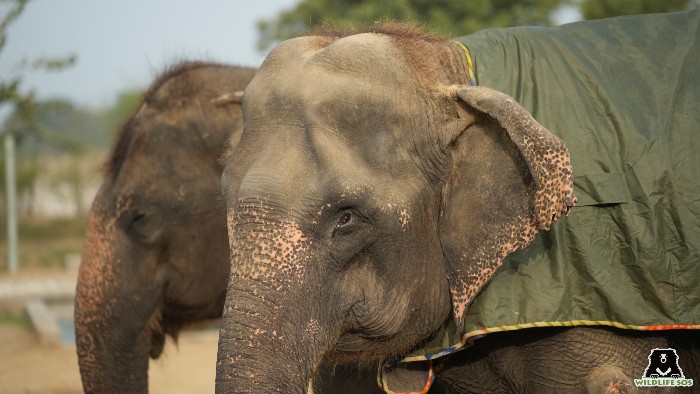
With winter taking over, the Wildlife SOS bear and elephant centres are experiencing diverse weather conditions based on their geographical locations. The colder months present unique challenges for animal care, particularly in regions where low temperatures are accompanied by brisk winds and dense fog. Cold is more pronounced in the northern reaches, and our commitment to specialised animal care becomes paramount in centres located here.
A winter management routine is therefore prepared and followed by Wildlife SOS every year so that the comfort and health of our beloved animal residents are prioritised. Suitable modifications are made to our practices that include seasonal meal planning, vigilant attention to the health care of ailing and old animals, and physical supplements within enclosures. Read on to find out how we make the winter season warm for our rescued animals!
Adapting Diets for Optimal Health
During the cold months, our team plans out a well-balanced diet that includes sufficient calories required to fuel energy and warmth in the bodies of our resident animals. Certain food elements that are rich in protein and complex carbohydrates contribute to thermogenesis, which is the process by which heat is produced in the body.
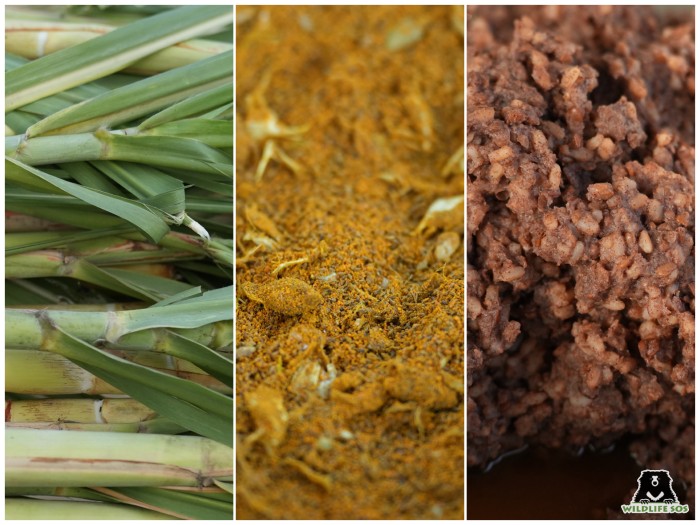
This dietary consideration is especially important for elephants at the Elephant Conservation and Care Centre (ECCC) in Uttar Pradesh, as they don’t undergo periods of hibernation or torpor. A mixture of masala is prepared for pachyderms that consists of numerous warm spices like cloves, turmeric, ginger, garlic, black salt, ajwain (carom seeds), and hing (Asafoetida). These elements are known to enhance internal heat, stimulate digestion, and promote blood circulation to help the organs function better in their bodies. To boost their energy levels, jaggery and ghee or clarified butter are also added to their food this season, with the latter certainly included in the meals for ailing and ageing elephants. The fodder crop is switched to berseem, a highly nutritious winter crop consisting of 17% crude protein, 25.9% crude fibre, and 60–65% TDN (total digestible nutrient) content.
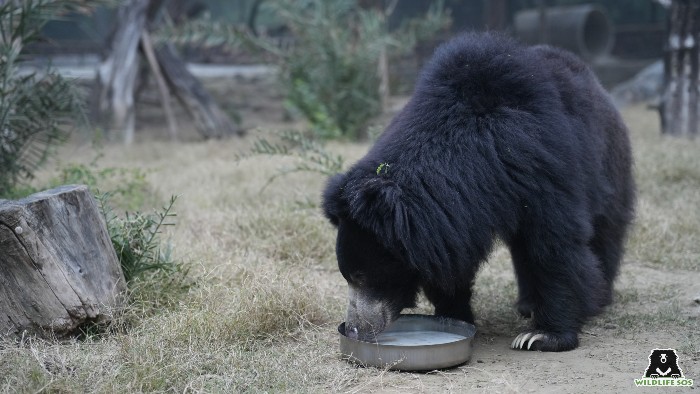
For the bear species under our care, since they enter a state of torpor or inactivity in winter, they show a decrease in their appetite, and an erratic feeding behaviour. To accommodate their tendencies, we integrate energising and heat-producing ingredients that are abundant with calories into their regular diet. For sloth bears at the Agra Bear Rescue Facility (ABRF) and the Bannerghatta Bear Rescue Centre (BBRC), this includes the introduction of a protein-rich broth, jaggery, and puffed rice balls, which also enhance their immunity. According to each bear’s intake, we also tailor the amount of warm porridge, made of bajra (pearl millet) and ragi (finger millets), offered to them. In Jammu and Kashmir’s Dachigam Rescue Centre and Pahalgam Rescue Centre, we incorporate more high-calorie foods such as jaggery, dates, and seasonal fruits like apples into the diets of rescued Himalayan brown bears and Asiatic black bears.
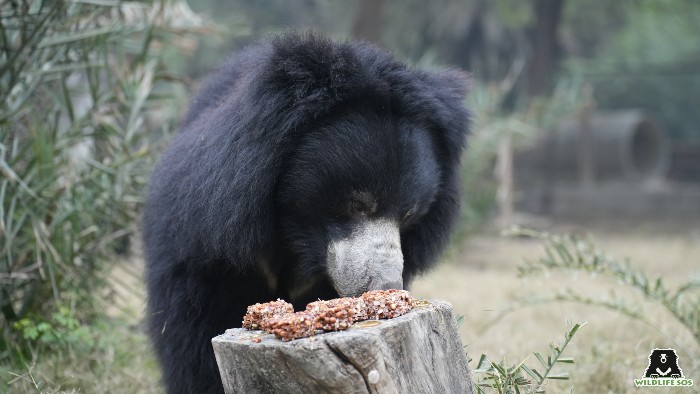
Enclosure Modifications
Beyond dietary adjustments, we also modify enclosures to keep our resident animals warm. Across all our centres in the northern regions, sodium and halogen lamps are strategically installed within the enclosures to provide desired heat. In the elephant enclosures, these lamps are directed towards their mud beds, while for bears, they are hung from the roof of their dens. This arrangement ensures that they remain warm while resting, particularly during the coldest parts of the night.
Devoted to their duty, caregivers even create small bonfires around the elephant enclosures to keep the animals warm when it is exceptionally chilly. Additionally, tarpaulin sheets are laid out to cover these enclosures as they act as a barrier against the biting cold winds.
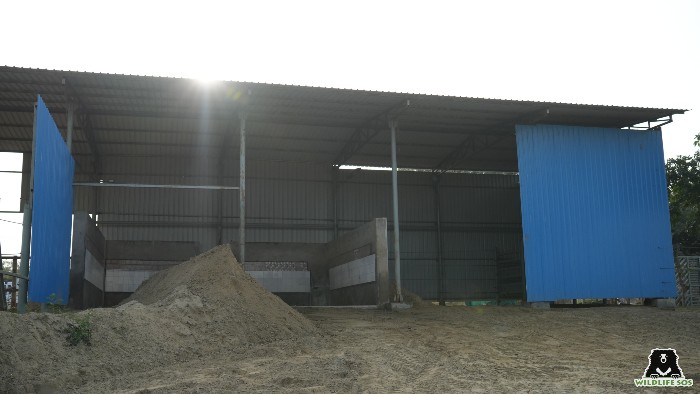
As a winter management routine, our elephants also receive regular massages using a hot herbal oil that comprises sesame oil and camphor. These massages not only provide deep nourishment, but also enhance blood circulation, promote muscle relaxation, contribute to mental tranquillity, and combat dryness. For geriatric elephants and those more vulnerable to the cold, we go the extra mile by wrapping them with blankets to help them get cosy.
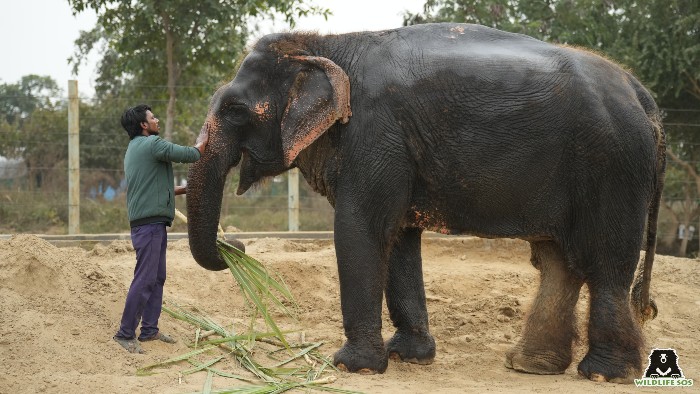
While black bears and brown bears exhibit a tendency to dig deep dens for hibernation, sloth bears are inclined to create shallow mud pits for resting. To ensure their comfort during the winter, our caregivers across the centres fill dens and mud pits with warm bedding composed of insulating hay or dry grass. For geriatric and unwell bears, additional heaters and woollen blankets are provided as well. Sloth bears have been observed sunning themselves on bright winter days, which has led caregivers to strategically place their hammocks in areas that they most prefer. These hammocks are also layered with hay to provide extra warmth to the bears.
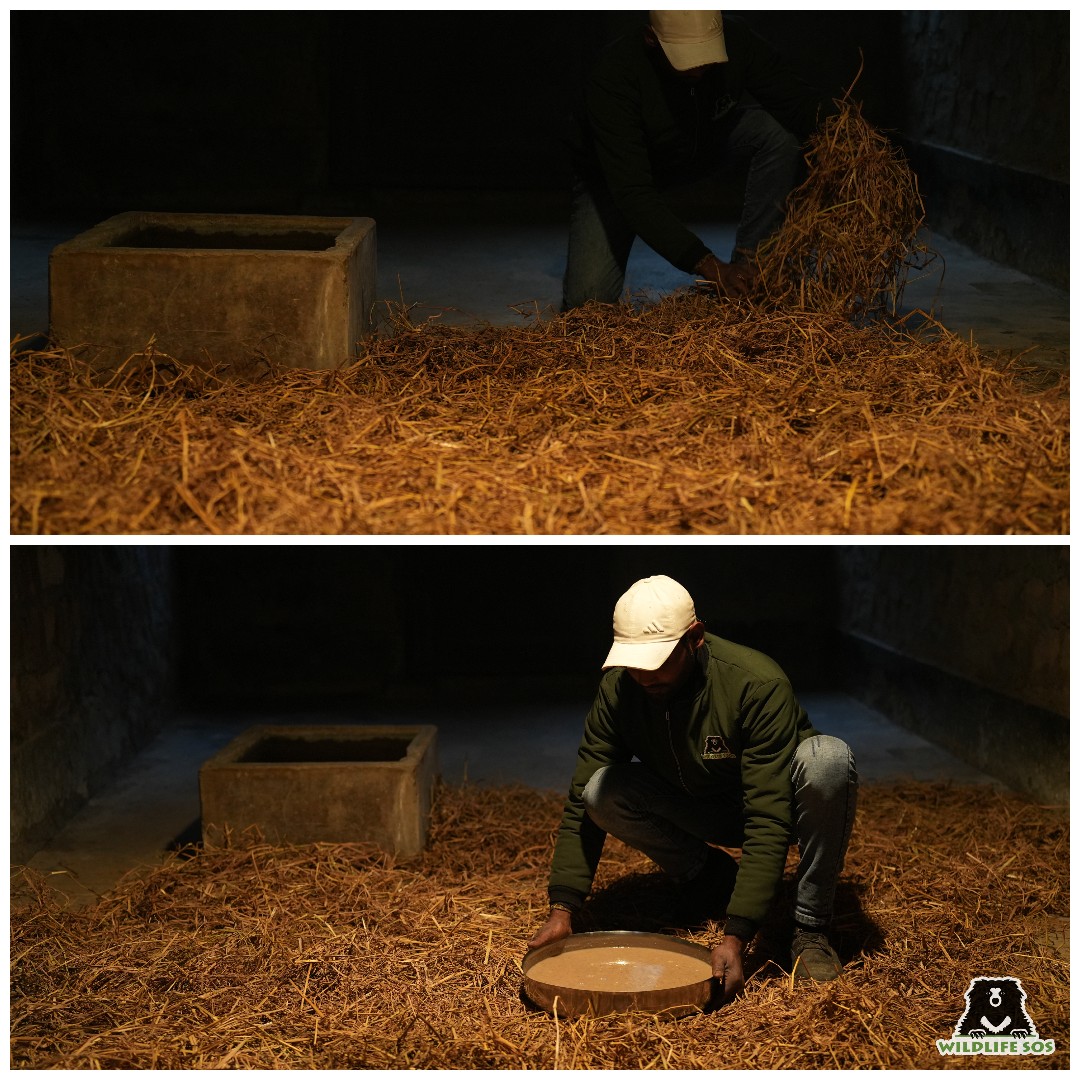
Health Check
Our dedicated team of veterinarians exhibits heightened diligence and precision during regular animal check-ups to ensure their well-being throughout the winter season. To proactively prevent any potential issue from occurring or to curtail an existing condition, necessary additives such as liver tonics, multivitamins, mineral supplements, and protein are given to bears and elephants to fortify their health.
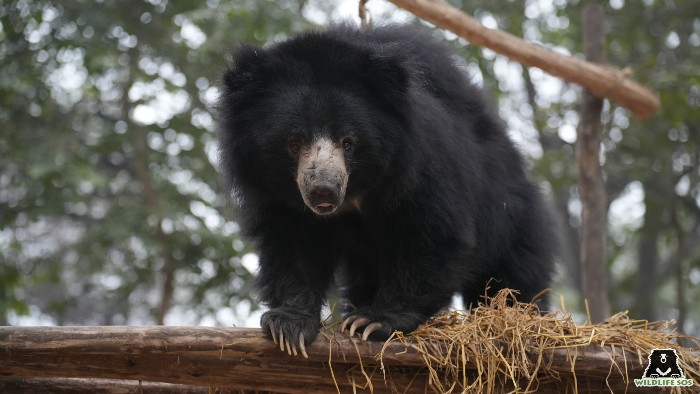
Our veterinarians and caregivers have meticulously crafted these winter management measures for rescued animals at our centres through careful deliberation and research. The significance of these measures is evident, however, sustaining these arrangements demands resources. You can play a crucial role in making a difference by becoming a monthly donor and supporting us in maintaining a high level of care for our rescued animals.

